Time and Gravity: From General Relativity to Quantum Gravity
Introduction
The nature of time is one of the most profound and enigmatic questions in theoretical physics. In general relativity, time is a malleable dimension, inseparably woven into the fabric of spacetime and warped by the presence of mass and energy. In contrast, quantum gravity theories suggest that time may not be fundamental at all, but an emergent phenomenon arising from deeper, timeless laws. This radical shift in perspective challenges centuries of intuitive and philosophical thought, inviting a re-examination of the role of time in our universe.
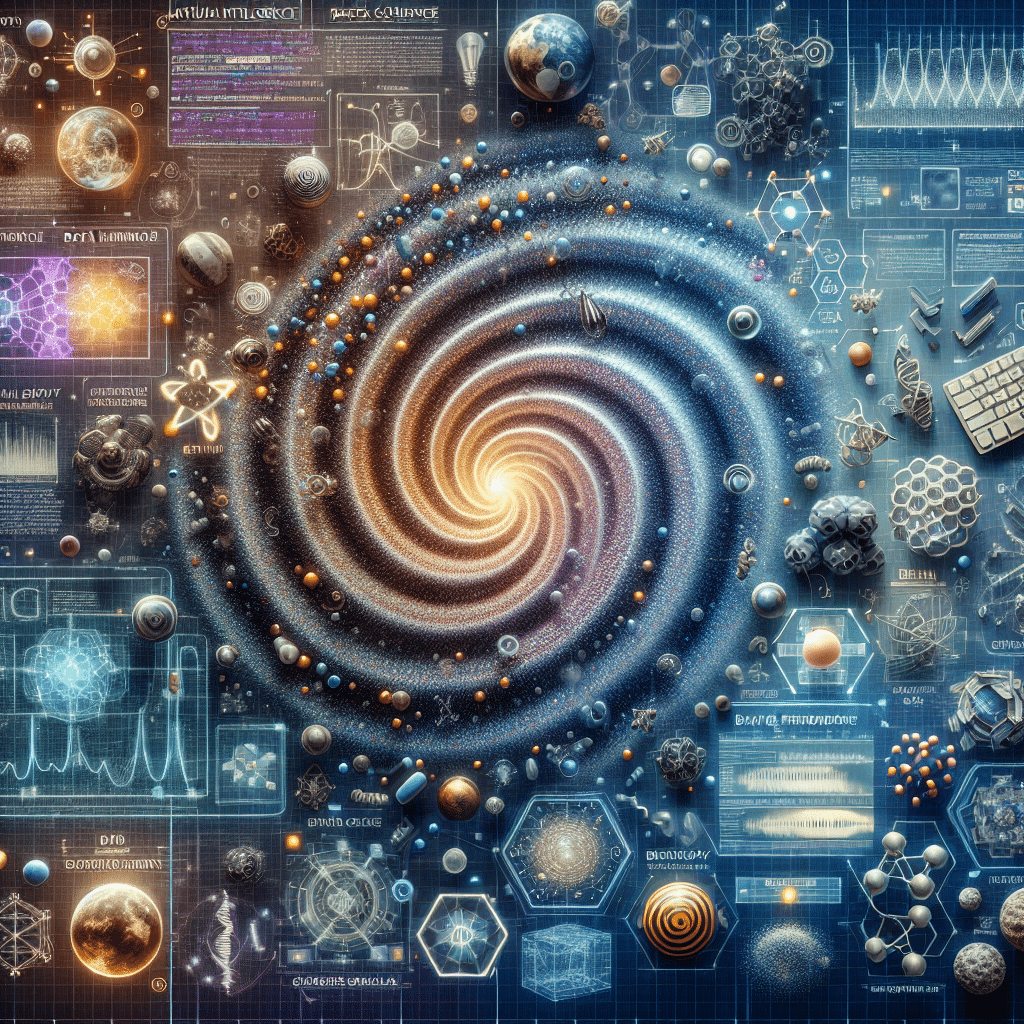

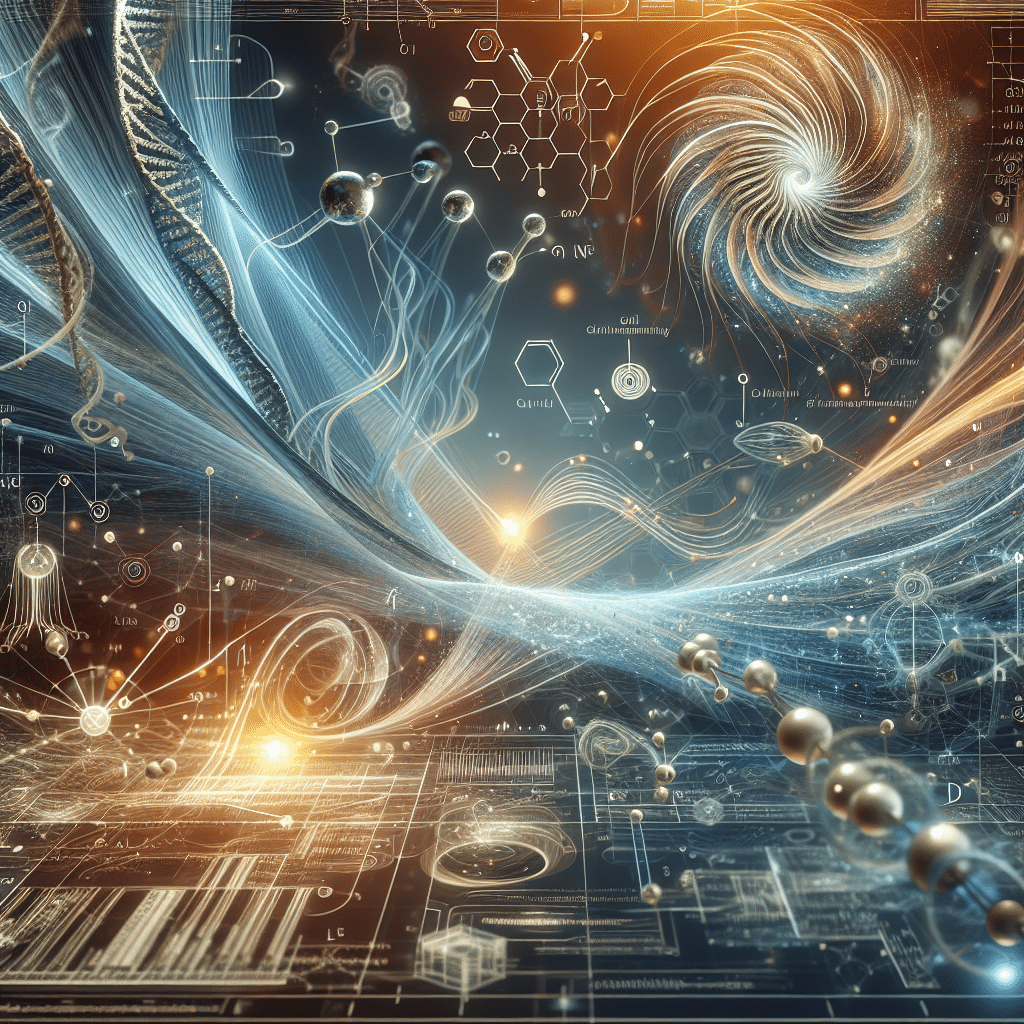
General Relativity: Time Curved by Gravity
Gravity as Geometry
Albert Einstein’s general relativity, formulated in 1915, revolutionized our understanding of gravity. Rather than being a force acting at a distance, gravity became a manifestation of spacetime curvature. Massive bodies like stars and planets distort the geometry of spacetime, affecting the motion of objects and the flow of time itself.
Gravitational Time Dilation
One of the key predictions of general relativity is gravitational time dilation. In regions of strong gravitational fields—such as near a black hole—time passes more slowly compared to regions with weaker fields. This has been experimentally confirmed through observations of time discrepancies between atomic clocks on Earth’s surface and those aboard satellites (e.g., GPS systems must account for this effect to remain accurate).
Einstein Field Equations
The mathematical backbone of general relativity is encoded in the Einstein Field Equations (EFE):
[
G_{\mu\nu} + \Lambda g_{\mu\nu} = \frac{8\pi G}{c^4} T_{\mu\nu}
]
These equations describe how spacetime curvature ((G_{\mu\nu})) is related to energy and momentum ((T_{\mu\nu})).
Quantum Gravity: Time from Timelessness
The Need for Quantum Gravity
While general relativity works exceptionally well on large scales, it breaks down at the quantum level—especially in extreme environments such as the Big Bang or black hole singularities. This necessitates a theory of quantum gravity that unites general relativity with quantum mechanics.
Loop Quantum Gravity and Discreteness
Loop Quantum Gravity (LQG) is one leading approach. It proposes that spacetime is not continuous but made up of discrete chunks or “quanta” of space. In LQG, the fabric of spacetime is described by spin networks, and time itself does not exist in the fundamental equations—it emerges from the relational change between these quantum states.
The Timeless Wheeler-DeWitt Equation
In canonical quantum gravity, the Wheeler–DeWitt equation takes center stage:
[
\hat{H} \Psi[h_{ij}] = 0
]
Unlike the Schrödinger equation, it lacks a time parameter. This “timeless” equation suggests that the universe, at its most fundamental level, does not evolve in time—raising the question: where does time come from?
Emergence of Time: A Paradigm Shift
Time as a Statistical Phenomenon
One idea gaining traction is that time emerges from changes in quantum correlations—a relational concept where time is not an external parameter but an illusion that arises from thermodynamic or informational flows. In this view, the arrow of time results from the growth of entropy, not from an intrinsic feature of fundamental laws.
Entropic and Emergent Gravity
Some researchers, like Erik Verlinde, have argued for entropic gravity, where gravity itself emerges from statistical behavior of microscopic degrees of freedom. In such frameworks, space and time are emergent, much like temperature emerges from molecular motion.
Philosophical and Physical Implications
Breaking Classical Intuitions
The divergence in how general relativity and quantum gravity treat time is not merely technical—it is philosophical. While relativity treats time as geometric and continuous, quantum gravity hints that time is a derived, contextual concept. This deeply challenges Newtonian and even Einsteinian intuitions.
The Black Hole Information Paradox
One of the most prominent arenas where these issues converge is the black hole information paradox. General relativity implies that information falling into a black hole is lost, while quantum mechanics forbids such loss. Resolving this paradox might require a rethinking of time itself—possibly embracing a framework where unitarity breaks down or time emerges non-linearly from quantum gravity dynamics.
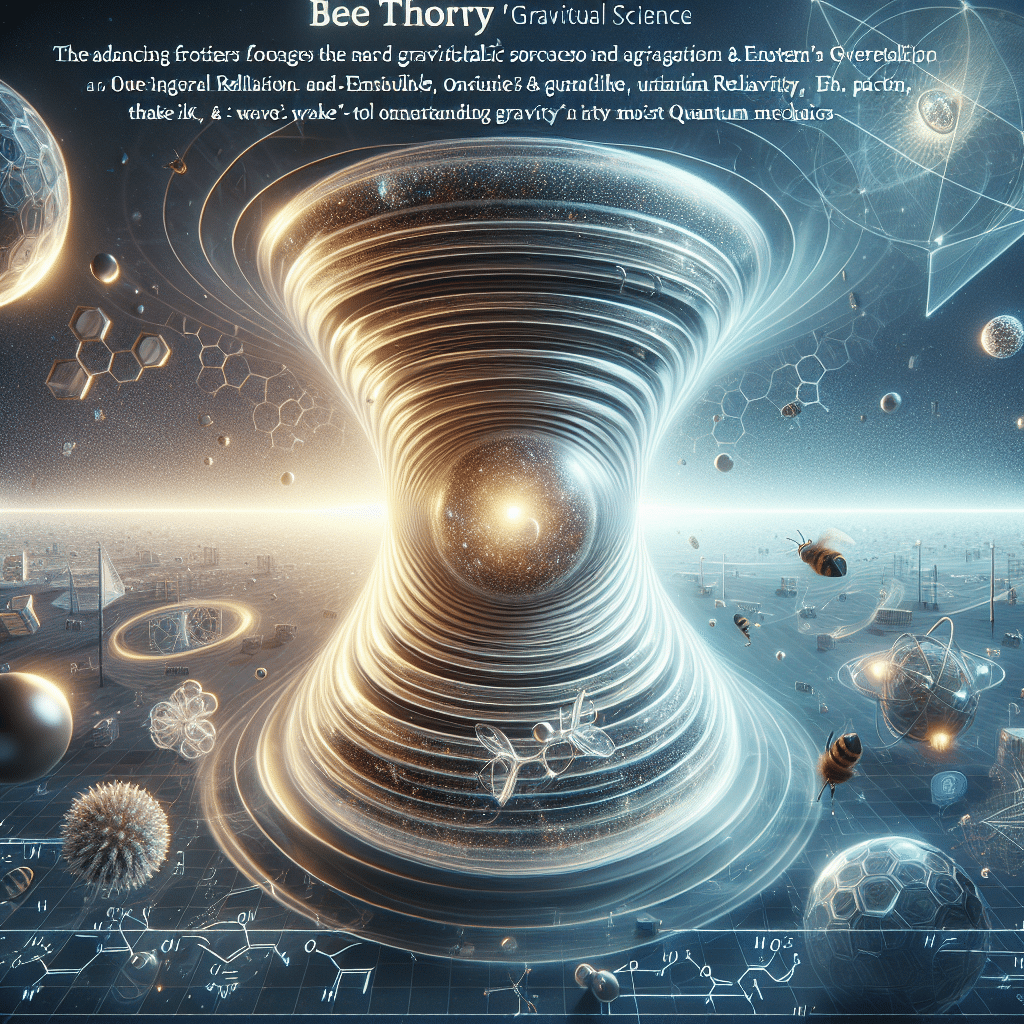
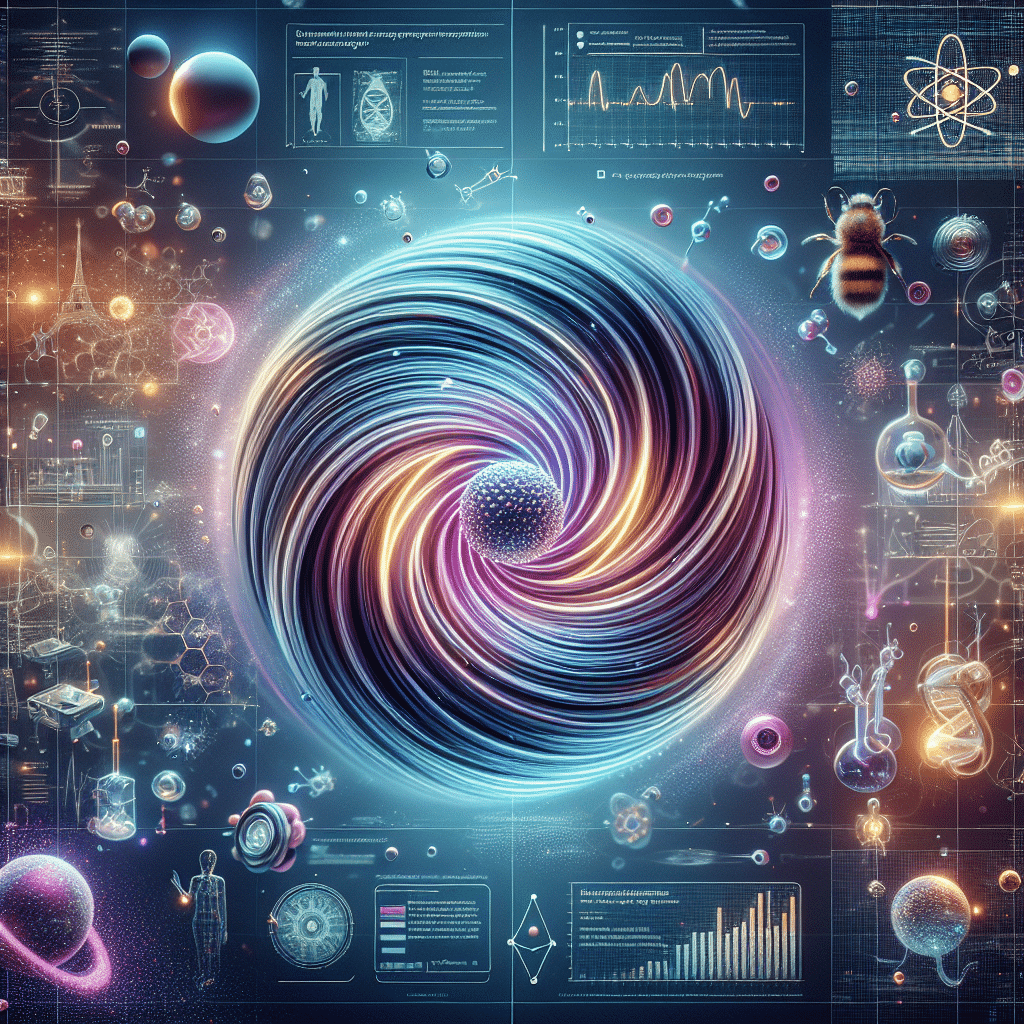
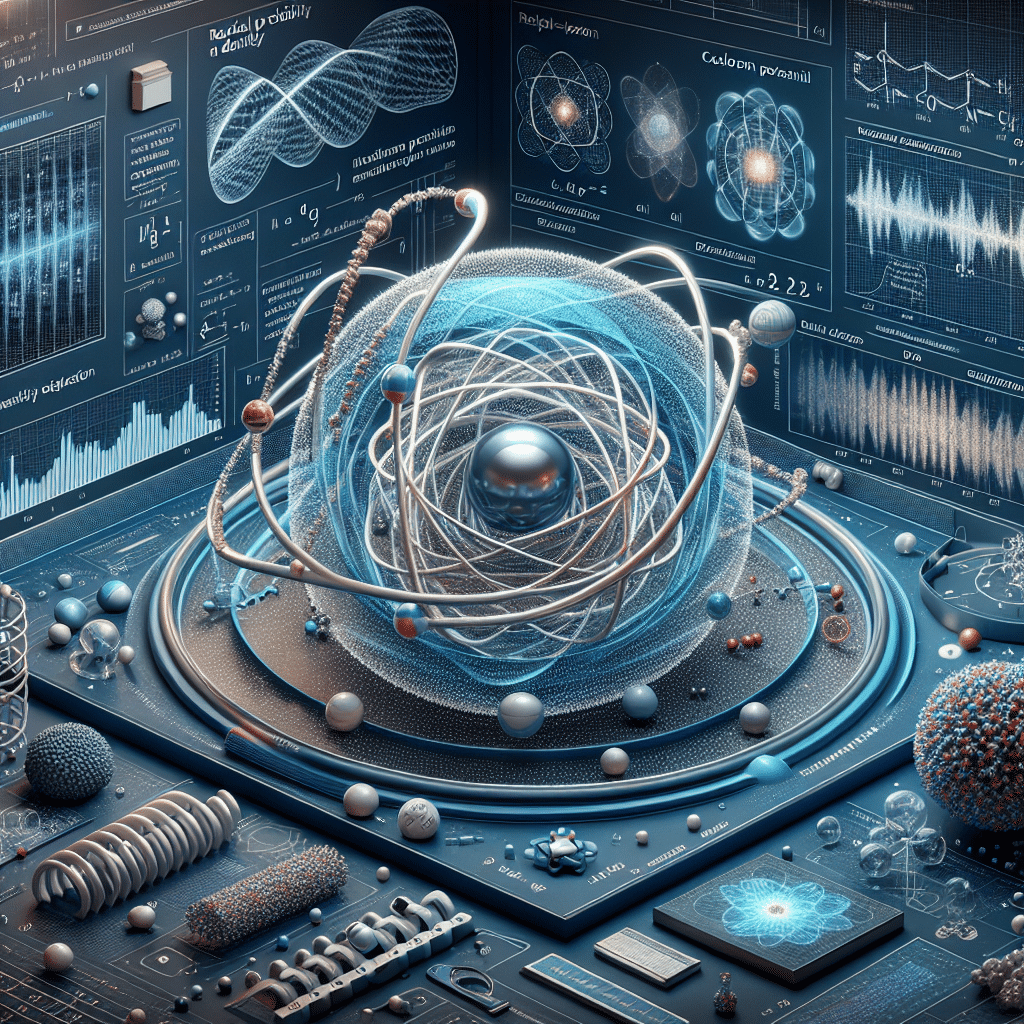
Mathematics Meets Physics: Geometrization of Fundamental Theories
Advances in string theory, such as F-theory, reveal how geometry encodes the behavior of particles and fields. These approaches demonstrate that time and space might be reducible to purely mathematical structures, governed by symmetry and topology, leading to a unification of gravity with the other fundamental forces.
Cosmological Perspectives
Rethinking the Big Bang
If time is emergent, what does this mean for the origin of the universe? Figures like Julian Barbour argue that the universe might not have a beginning in time at all. Instead, time may be a byproduct of change, and the Big Bang could be a geometric boundary rather than a temporal one.
Implications for the Nature of Reality
The idea that time might not be fundamental invites radical reinterpretations of reality. Concepts such as block universe theory (all moments exist simultaneously) or timeless cosmology are no longer just metaphysical speculations—they become serious physical models under certain quantum gravity frameworks.
Conclusion
The contrast between general relativity and quantum gravity reveals a deep tension in our understanding of time. In general relativity, time is warped by gravity. In quantum gravity, time may not exist at all—emerging only when viewed from a higher-level, coarse-grained perspective. Bridging this conceptual chasm may lead to a new synthesis of physics, one that redefines not only the structure of spacetime but the very flow of existence. As research continues, we edge closer to understanding whether time is a fundamental feature of the cosmos—or merely an illusion born of deeper, timeless laws.
References
- Einstein, A. (1915). Die Feldgleichungen der Gravitation. Königlich Preußische Akademie der Wissenschaften.
- Misner, Thorne, & Wheeler (1973). Gravitation. W. H. Freeman.
- Rovelli, C. (2004). Quantum Gravity. Cambridge University Press.
- Kiefer, C. (2007). Quantum Gravity. Oxford University Press.
- Ashtekar, A., & Lewandowski, J. (2004). Background independent quantum gravity: A status report. Class. Quantum Grav.
- Barbour, J. (1999). The End of Time. Oxford University Press.
- Carroll, S. (2010). From Eternity to Here: The Quest for the Ultimate Theory of Time. Dutton.
- Harlow, D. (2016). Jerusalem Lectures on Black Holes and Quantum Information. Rev. Mod. Phys.
- Oriti, D. (2018). The universe as a quantum network. Physics World.
- Verlinde, E. (2011). On the origin of gravity and the laws of Newton. JHEP.
- Padmanabhan, T. (2005). Gravity and the Thermodynamics of Horizons. Phys. Rept.
